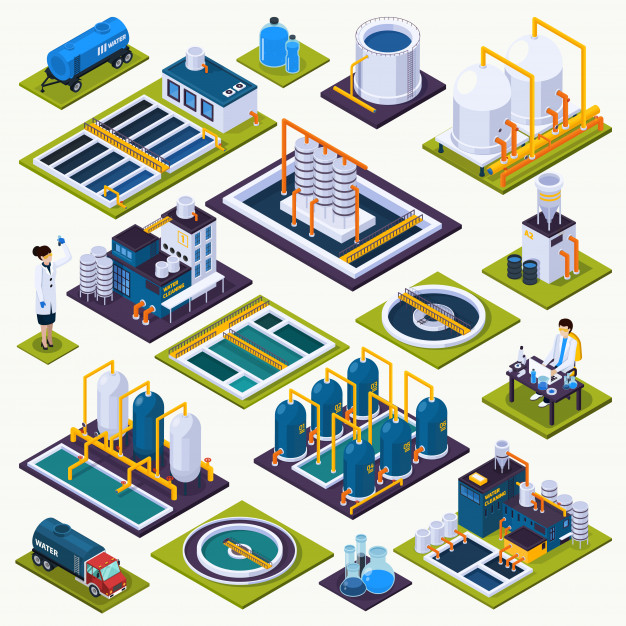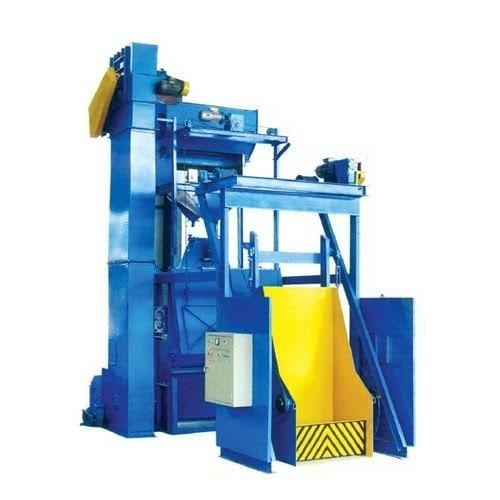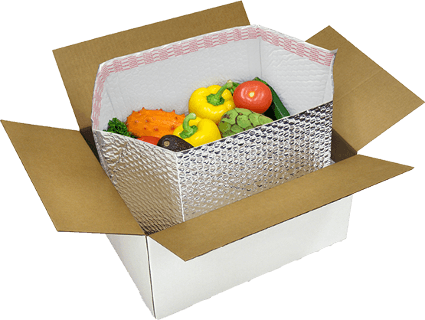Automated waste collection systems are receiving high momentum across the world. Government initiatives for proper disposal of waste is influencing the market growth. Government bodies across the world have imposed rules and regulations for the collection and segregation of waste. For instance, the Government of India has specified new solid waste management rules emphasizing on the segregation of waste at source. The new regulations require waste to be separated at the source to channel it into capital through recovery, reuse, and recycling. Therefore, before handing over waste to the collectors, waste generators must sort it into three streams—biodegradables, dry (plastic, paper, metal, wood, etc.), and domestic hazardous waste (diapers, napkins, mosquito repellants, cleaning agents, etc.). However, the segregation of waste at a high scale is a tedious process, which is compelling government authorities to focus on automatic solutions of waste segregation. These factors are influencing the adoption of automated waste collection systems in many countries worldwide.
The global automated waste collection system market has been segmented into five major regions: North America, Europe, APAC, MEA, and SAM. Europe holds the dominant share in the automated waste collection system market, whereas APAC is expected to be the fastest-growing region in the global market. The need to have space-efficient waste collection units across both commercial and residential spaces has been the major reason for high installations of the systems. However, the high maintenance cost of automated waste collection systems has restricted the growth of the market in NORDIC countries. Germany, Italy, and Spain are the potential growth markets for a variety of deployments of automated waste collection systems. The paper industry in Germany produces approximately 15 million tons of waste per year. Additionally, three countries from the European region—Bulgaria, Estonia, and Finland—are among the top five waste-producing countries worldwide. Thus, the rising amount of waste production across the region, coupled with the development of automation technology in this region, has influenced more AWCS installations. Major organizations, which have installed the automatic waste collection systems include Rakvere Lihakombinaat (Estonia), Saarenmaan Teurastamo (Estonia), Aker Helsinki – M/S Norilsk Nickel (Finland), Forsman Tea (Finland), Cranswick Country Food (UK), Geo Adams & Sons Ltd. (UK), Productos Porcinos Secundarios (Spain), and Excorxador De Sabadell (Spain).
MARIMATIC OY, LOGIWASTE AB, ENVAC AB, EVAC, STREAM ENVIRONMENT – PROMINENT MARKET PARTICIPANTS IN AUTOMATED WASTE COLLECTION SYSTEM MARKET
The top five companies in the automated waste collection system market include Marimatic OY, Logiwaste AB, Envac AB, Evac, Stream Environment. The above listing of key players is derived by considering multiple factors such as overall revenue, current automated waste collection system portfolio, new product launches, market initiatives, investment in technology up-gradation, mergers & acquisitions, and other joint activities. There are various other notable players in the global automated waste collection system market ecosystem such as Aerbin APS, AMCS GROUP, Caverion Corporation, MEIKO, EVAC, and MABAT, amongst others.
The automated waste collection system manufacturers across the globe, however experienced limited tremors as the regional and local governments encouraged municipalities and private organizations to invest towards smart and intelligent waste or garbage collection and sorting solutions. Since, the residential waste volumes increased substantially, the demand for automated waste collection systems among the residential sector soared. However, due to disruption in supply chain caused by the limitation of human movements, resulted in slower deployment and installation of the AWCS in both developed and developing countries such as US, Canada, United Kingdom, Italy, and China amongst others. This followed slower than usual revenue growth trend in the global automated waste collection systems market.



